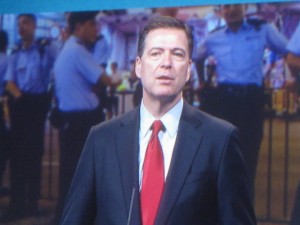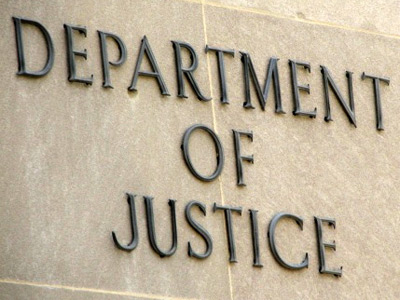
On Feb. 12, FBI Director James B. Comey made what will be remembered as a history-making speech at Georgetown University in Washington, D.C.
In the speech, “Hard Truths: Law Enforcement and Race,” Comey said, “With the death of Michael Brown in Ferguson, the death of Eric Garner in Staten Island, the ongoing protests throughout the country, and the assassinations of NYPD Officers Wenjian Liu and Rafael Ramos, we are at a crossroads.”
He went on to say, “Serious debates are taking place about how law enforcement personnel relate to the communities they serve, about the appropriate use of force, and about real and perceived biases, both within and outside of law enforcement.”
The most important point Director Comey made was about unconscious discrimination. He explained that “Much research points to the widespread existence of unconscious bias. Many people in our white-majority culture have unconscious racial biases and react differently to a white face than a black face.” The research to which Comey referred consists of numerous studies conducted over the last 30 years that have shown that racial prejudice is pervasive among many who consciously subscribe to a belief in racial equality. Many individuals who believe they have positive attitudes about racial minorities harbor unconscious racial prejudices.
Prejudice and stereotypes are the byproducts of ordinary perceptions, categorization, learning, memory and judgment. “Categorization” is the process by which ideas and objects are recognized, differentiated and understood. It is an essential brain function that enables individuals to reduce the enormous amounts of information they encounter every day to a manageable level. Categorization allows individuals to relate new experiences to old experiences; the unfamiliar becomes familiar. Each object and event is perceived, remembered, grouped into a category and identified. The process is automatic and operates in milliseconds.
To read more click here.





